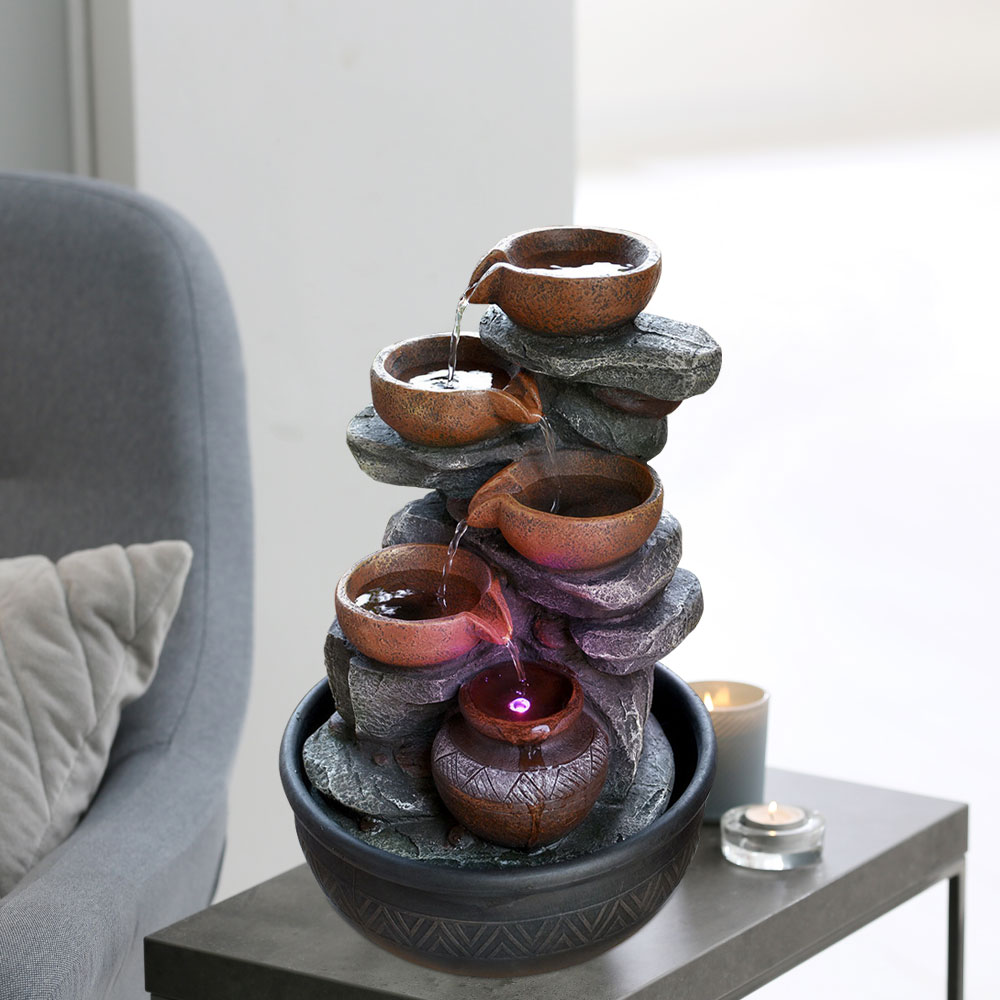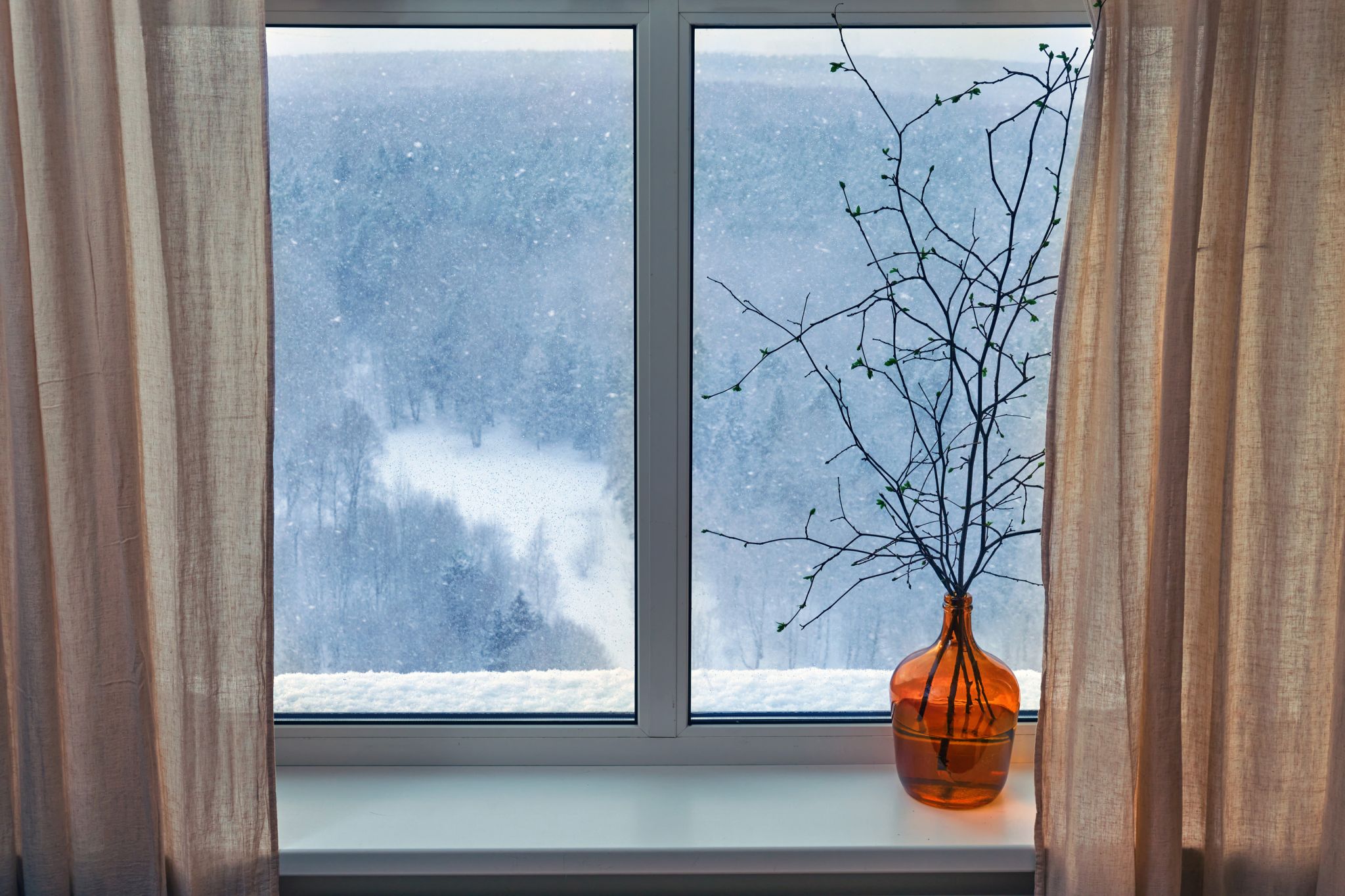how to increase humidity in a room
Humidity is an essential aspect of indoor comfort, especially in dry climates. Whether you’re living in Pakistan’s drier regions or experiencing colder months when heating dries the air, maintaining the right humidity levels can make a significant difference. In this article, I’ll share practical and easy-to-follow tips on how to increase humidity in a room based on personal experience.
1. Maintaining Humidity Important
Maintaining optimal humidity levels between 30% to 50% can improve your health, skin condition, and even the lifespan of your furniture. A room that’s too dry can lead to discomfort.

2. Signs Your Room Needs More Humidity
– Dry skin or irritated eyes
– Static electricity
– Cracking furniture
– Dry throat or sinuses
3. Using a Humidifier for Quick Results
Humidifiers are the most effective way to add moisture to the air. Choose the right size based on your room’s dimensions for optimal results.
4. Low-Cost Alternatives to Humidifiers
If you don’t have a humidifier, there are some simple and cost-effective methods to increase humidity naturally.
5. Place Bowls of Water Around the Room
A simple technique is to leave bowls of water in various places. The water will evaporate and increase the humidity over time.

6. Add Indoor Plants to Boost Humidity
Indoor plants not only beautify your space but also release moisture through a process called transpiration.
7. Use Damp Towels to Add Moisture
Hanging damp towels around your room can help to increase humidity. Just ensure they are clean to avoid any unpleasant odors.
8. Cook on the Stove More Often
Cooking meals, especially boiling water, releases steam into the air, raising the moisture levels in your home.
9. Let Bathroom Steam Spread
After taking a hot shower, leave the bathroom door open to allow the steam to escape into other areas of your home.
10. Keep Doors and Windows Shut
Keeping doors and windows shut will trap existing moisture inside, preventing it from escaping.
11. Dry Clothes Indoors
If possible, air-dry clothes inside the room. The moisture from the wet clothes will increase humidity.
12. Use Water Fountains as a Decorative Solution
Indoor water fountains not only add a calming ambiance but can also help with humidity.
13. Seal Any Air Leaks
Leaky windows or doors can let dry air in and moisture out. Ensure your room is sealed properly to maintain higher humidity.

14. Proper Ventilation: Strike a Balance
While it’s essential to prevent moisture loss, proper ventilation is still necessary to avoid mold. Open windows for short periods to allow fresh air without losing too much humidity.
15. Monitor Humidity Levels with a Hygrometer
Use a hygrometer to measure and maintain the desired humidity level in your room. This device ensures you don’t over-humidify, which could lead to mold growth.
FAQs
How can I naturally increase humidity in my home without a humidifier?
You can increase humidity by placing bowls of water, using indoor plants, or drying clothes inside the house.
Is it safe to leave a humidifier running all night?
Yes, it’s generally safe, but ensure it’s cleaned regularly to avoid bacteria buildup.
Can indoor plants help increase humidity?
Yes, indoor plants release moisture through transpiration, which helps raise humidity levels.
What should be the ideal humidity level for a room?
The ideal humidity level is between 30% to 50%.Can too much humidity cause problems?
Yes, too much humidity can lead to mold growth and create an uncomfortable indoor environment.
How can I measure the humidity in my room?
You can measure humidity using a hygrometer, which is readily available in stores.
What are some signs that my room lacks humidity?
Dry skin, static electricity, and irritated sinuses are common signs of low humidity.
Can boiling water help increase humidity?
Yes, boiling water on the stove releases steam, which can increase indoor humidity.
Does drying clothes indoors increase humidity?
Yes, the moisture from wet clothes can add humidity to the air.
Should I open windows to increase humidity?
Opening windows may let dry air in, so it’s best to keep them closed to retain moisture.

